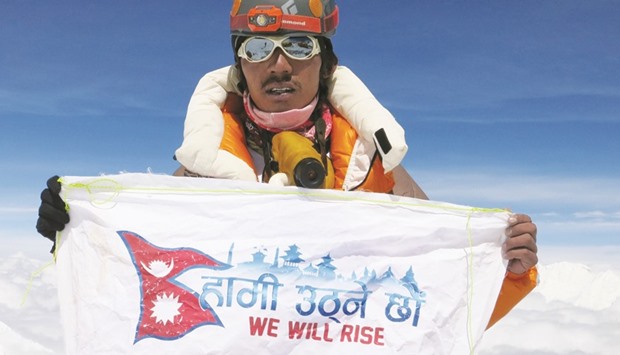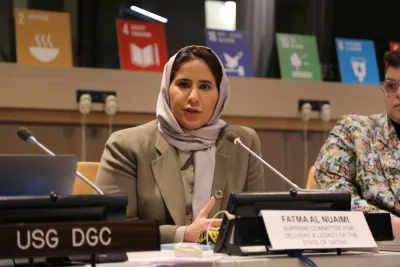Rescuers searching for two Indian climbers missing on Mount Everest said yesterday there was little hope of finding the pair alive after losing contact with them over the weekend.
The two men - identified by the Indian embassy as Paresh Nath and Goutam Ghosh - were near the summit of the 8,848m (29,029ft) mountain on Saturday when they lost contact with the rest of their team.
The missing climbers were part of a team of four, one of whom - Subhash Pal - died after falling ill on Sunday. The fourth team member, a woman, was rescued and taken to hospital.
“We are trying to locate them and pray they are okay, but they were very high up and it has been over two days. It is difficult to keep hope alive,” Wangchu Sherpa of Trekking Camp Nepal said.
Three officials from India have arrived in Kathmandu to co-ordinate searches and another mountain rescue team will be deployed on Wednesday, Sherpa said.
Subhash Pal was the third mountaineer to die on Everest in recent days after an Australian and a Dutch climber succumbed to altitude sickness.
As climbers ascend above 8,000m, they enter the “death zone” - notorious for its difficult terrain and thin air - where oxygen supplies fall to dangerously low levels and make mountaineers susceptible to
altitude sickness.
Nava Kumar Phukon, an Indian climber who summitted on Friday, said the weather had been harsh through the weekend with strong winds severely hampering visibility.
“The wind would blow the snow and everything would become white. I could barely see a few metres ahead,” said
Phukon, 44.
Some 400 people, including more than 150 foreigners, have summitted Everest this season after two consecutive years of deadly disasters that led to almost all attempts being
abandoned.
US climber Melissa Arnot on Monday became the first American woman to successfully summit and descend Everest without using extra oxygen.
“Climbing Everest without supplemental oxygen has been a goal of mine for a long time... I’m incredibly fortunate,” Arnot said in a statement.
Since the world’s highest peak was first conquered in 1953 more than 300 people have died on Everest and neighbouring Lhotse, which share the same route until Camp 3 at 7,200m.
Despite the risks and recent disasters, Everest’s allure remains undimmed, with Nepal issuing 289 permits to foreigners for this year’s spring
climbing season.
Hundreds of climbers fled Everest last year after an earthquake-triggered avalanche at base camp killed 18 people.
Only one climber reached the top in 2014 after an avalanche killed 16 Nepali guides that year.
Mountaineering is a major revenue-earner for impoverished Nepal. But last year’s earthquake, which killed almost 9,000 people, threatened the future of the Himalayan nation’s climbing and trekking industry.

Nepalese mountaineer Phurba Tenjing Sherpa unfurling a flag on top of Mount Everest on May 20. Phurba reached the summit of Mount Everest for the 10th time carrying the flag to tell the world that Nepal will rise up from the devastation of the massive earthquake of April-May, 2015.


